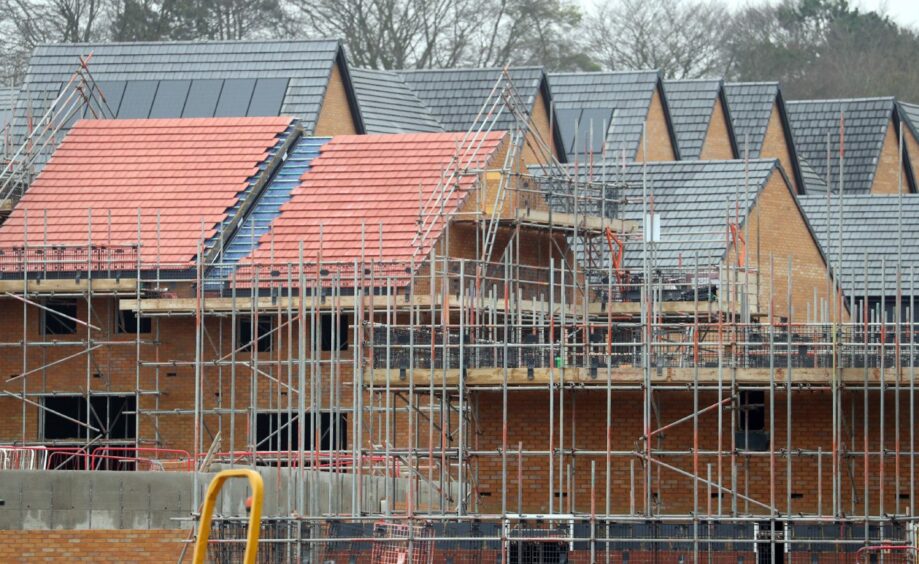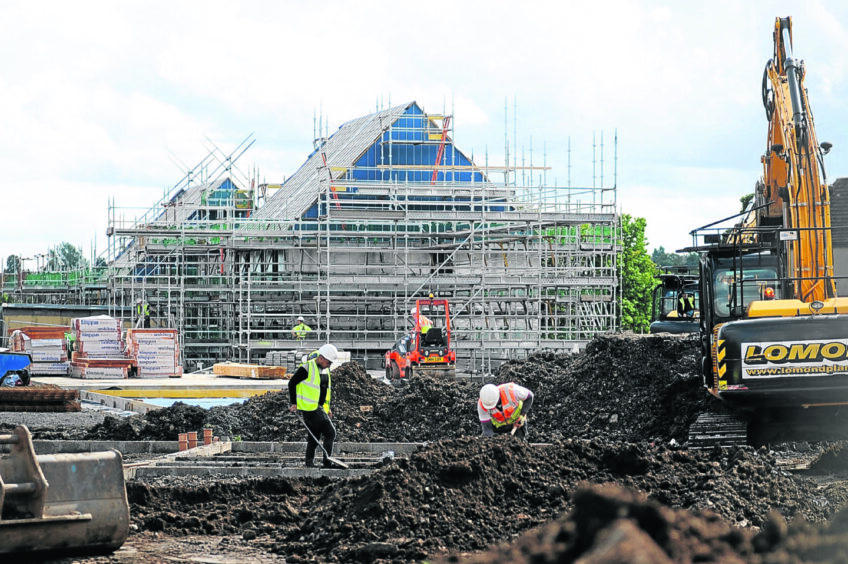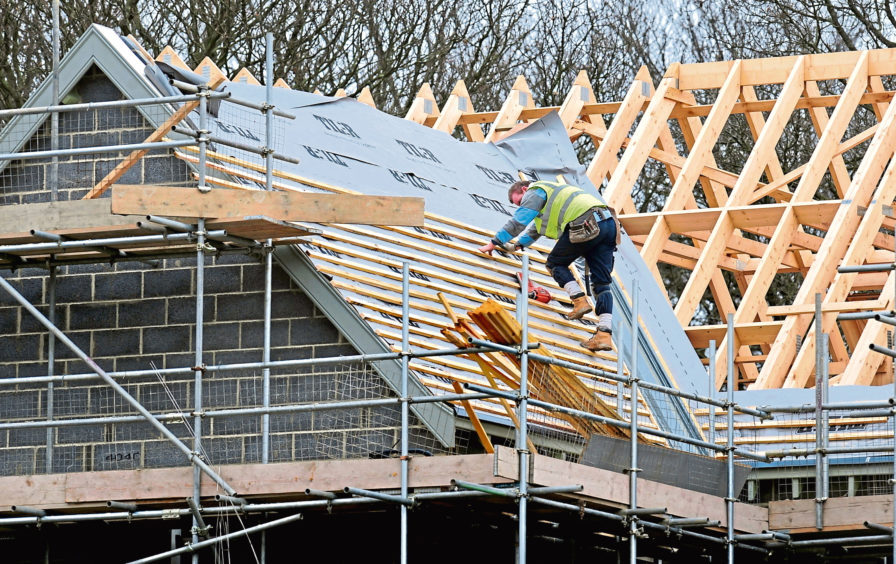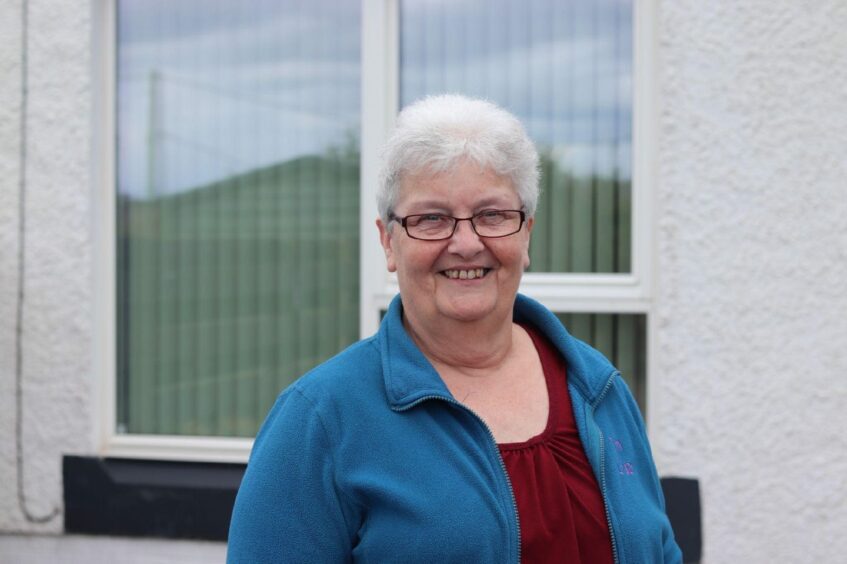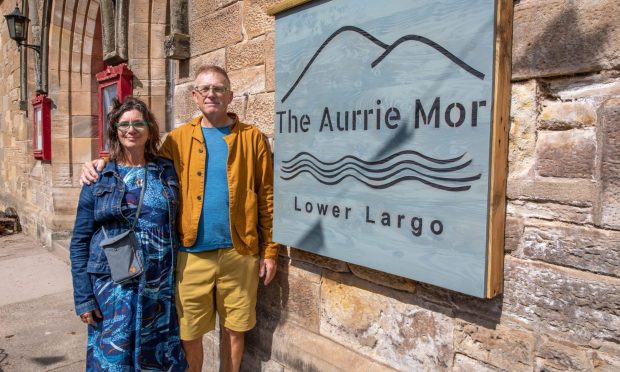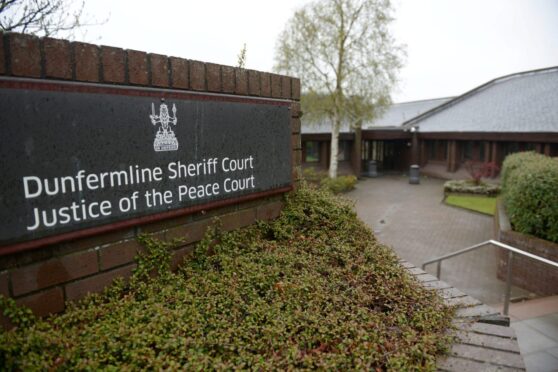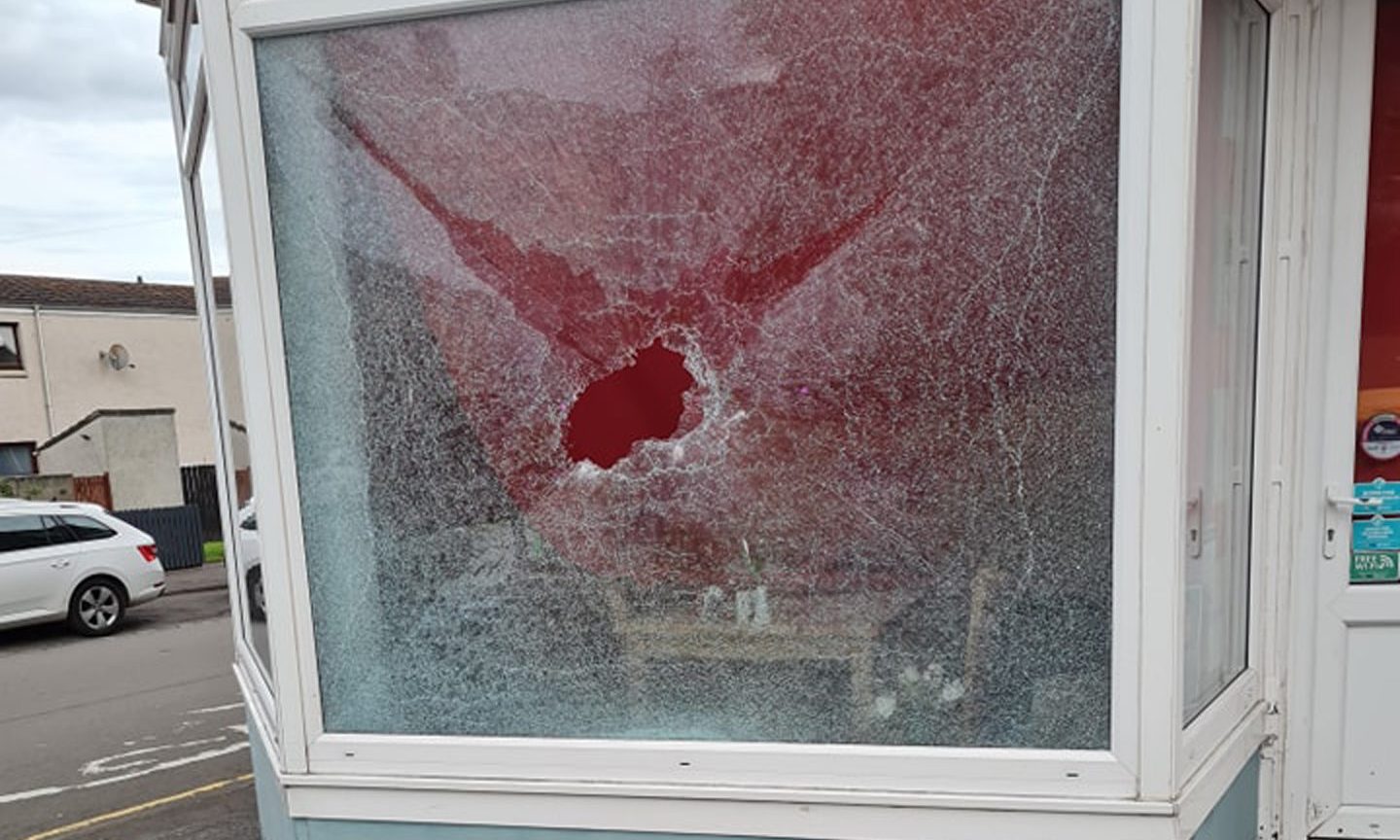When Sally Thomas left university and moved to London, she learned the hard way what it meant to be priced out of the housing market.
She couldn’t afford to buy her own place.
She wasn’t eligible for council waiting lists or social housing lists.
She couldn’t afford the private rental sector.
Facing the realties of sky high prices
In short, she was at a loss to know what to do.
She could have ended up on the streets.
However, the turning point came when she found out about short life housing.
The scheme worked by letting properties to young people at very low rents.
This happened between long-standing tenants being decanted and the properties being demolished to make way for new housing.
“I managed to get this short life housing,” she said.
“While I was living there I was lucky enough to become involved with a group of young people who were developing a housing co-op.
“We got money from the housing corporation as it was in London at that time which was the funding body for housing associations.
“We were able to set up a housing co-operative, and that’s how I got my first permanent secure affordable home.”
Inspired to pursue social housing career
It was that feeling of insecurity, uncertainty and not being able to build a life that inspired Sally to pursue a career in the social housing sector.
She wanted to make sure others didn’t have to suffer it.
Sally worked in urban regeneration for a development corporation and worked for the official housing regulator in England.
She’s run her own consultancy business and also worked for a number of English housing associations.
For the past seven years, she has been CEO of the membership body, the Scottish Federation of Housing Associations (SFHA).
With 1.2 million people – or around 25% of Scotland’s population living in social housing – housing associations aim to work with tenants, councils, charities, government and many others to create thriving communities which help people live well and fulfil their potential.
Long waiting lists for housing
Huge challenges remain, however, with recent freedom of information request figures from the Conservatives showing that 327,585 people across Scotland are on the waiting list for either a council or housing association home.
This includes 103,732 children, although the true total will likely be higher as West Dunbartonshire Council did not provide the numbers on its waiting list.
Meanwhile, Scottish Government figures from March showed the number of affordable homes approved in 2022 fell to 6,554 – the lowest level for almost a decade.
Separately, in March, Fife Council officials confirmed that the waiting list for social housing in Fife stood at 12,091 applicants, including 1,350 applicants considered homeless.
This was down from March last year when the waiting list was over 14,000 applicants.
It came as Fife Housing Partnership highlighted that there were 2159 empty properties in Fife, with more than 60% having been empty for more than a year.
What are the main housing challenges?
“There are several main issues,” said Sally when asked about the scale of the challenges facing the housing sector in Scotland.
“The first one is we are not building enough social housing.
“There are a minimum of 144,000 people on waiting lists for social housing in Scotland, and some estimates put it a lot higher.
“We know there are also Ukrainian refugees, refugees from other countries and asylum seekers who use these homes as well.
“The homelessness figures are rising unfortunately.
“The only long term way that we can address those figures and address that need is through building affordable social housing.
“At the moment, although the government has a commitment to 110, 000 social homes over 10 years, the cost of living crisis has meant that the cost of each of those homes has gone up so dramatically that the amount of money the government is making available is being eroded.
“We can’t get as many houses for the amount of money available, that’s the long and short of it, while housing need is increasing.
“The balance is completely out of kilter.”
Homelessness and lack of social mobility
Rising homelessness has been the main result, she said.
However, other impacts include lack of social mobility or people unable to move so easily if their family grows or their needs change.
There’s also a problem with the quality of the housing stock in Scotland.
“A lot of the existing stock is not fit for purpose, particularly in terms of energy efficiency,” she said.
“It needs what they call ‘retrofit’ which is like going into an existing home and fitting it out to modern standards rather than leaving it as it is.
“We are just not doing that work on the scale that we need to.
“The second issue is even new homes have got to be net zero.
“Our homes are of a high quality. But at the moment we can’t make sure all our new homes are carbon neutral because we don’t have the technology or the certainty of that technology.
“We don’t have the money we need to make sure they have all the fixtures and fittings, the heating systems and insulation standards to make them totally carbon neutral.
“If we can’t make homes completely net zero carbon efficient, can we actually make them energy efficient by dealing as best as we can with the fabric within the means that we’ve got?”
Diverse range of housing stock
The other issue, she said, is that housing in Scotland is so diverse.
“You’ve got tenements, you’ve got bungalows, you’ve got new builds, you’ve got existing terraced housing, you’ve got 1980s estates, you’ve got much more modern estates,” she added.
“How you make sure that all those different types of housing are as energy efficient as they can be and then become net zero carbon is really difficult, because the cost is so varied.
“What needs to happen to them in terms of technology and the fabric of the houses is so different as well.”
Not-for-profit quality homes
Sally says the most important credential about housing associations is that they are not-for-profit.
Secondly, their sole and central purpose is to provide a quality home for people who need them at an affordable rent and to help them stay there.
It’s that range of wider support which is at the centre of the SFHA’s new campaign Housing at Scotland’s Heart.
The latest SFHS figures show that 95.5% of respondents provide financial and welfare support to tenants (both directly and in partnership).
Figures also show that 57.7% of respondents provide food banks (both directly and in partnership); 57.7% of respondents provide clubs and activity (both directly and in partnership); 62.2% of respondents provide mental health support (both directly and in partnership) (both directly and in partnership); 57.7% of respondents provide employability support (both directly and in partnership) and 40% of respondents provide physical health support (both directly and in partnership).
What does an Angus tenant think?
Hazel Farquhar, Angus Housing Association tenant and chairperson of the board, has felt the benefit of housing association efforts to retrofit properties in order to tackle fuel poverty and help Scotland reach net zero, as have others in her Auchmithie community.
She said: “I’ve got a very cosy home – and so does everybody else.
“It’s hard really to describe how much better it is, until such time as you’re living in it and you think it’s normal.
“We’ve gone from having night storage radiators, which were really expensive to run, to these fan-dabby-dozy air-source heat pumps with solar panels and a Tesla battery.
“That’s reduced our expense for heating the houses by a huge amount. It’s really been very exciting.”
Views of a Fife tenant
Roy, a tenant in the same Rosyth property since 1975, praised Fife Housing Group for the support they had given him and his wife as they faced rising energy bills.
The 75-year-old former Rosyth naval base storekeeper said their housing association gave them a grant after his wife was diagnosed with breast cancer and needed the heating turned up.
They already faced higher food costs due to her being celiac, and needing to buy more expensive gluten-free food.
“We’ve always just about managed,” he said.
“But recently it has become quite hard for us. I can’t put a figure on it, but energy costs have been the main thing.
“Fife Homes have been very good. They’ve given us a couple of wee grants. So did Macmillan.
“That’s the first time in our whole life we’ve had to ask for any type of support.”
Only so much housing associations can do
Sally added that entrenched systemic problems are “real challenges” which remain beyond the scope of housing associations.
For example, they can’t invent a social tariff for tenants.
“That’s up to the UK government,” she said.
“They can’t create a different financial system in which poverty doesn’t exist.
“That’s up to the government both at UK and Scottish Government level.
“They can’t suddenly start supplying energy to tenants out-with the usual energy suppliers.”
“What they can do, however,” she added, “is work with partners and within their means to address poverty and improve life chances.”

